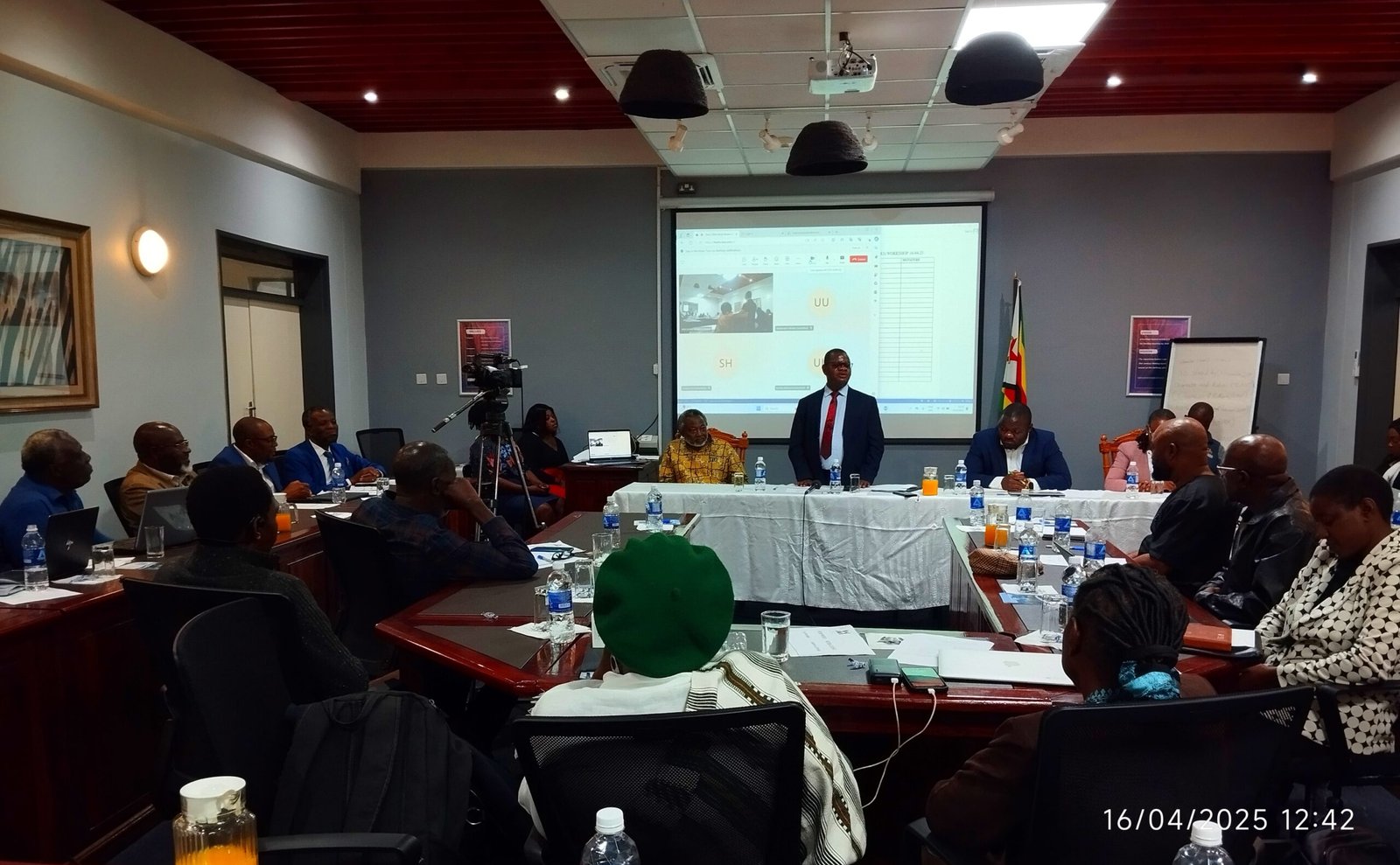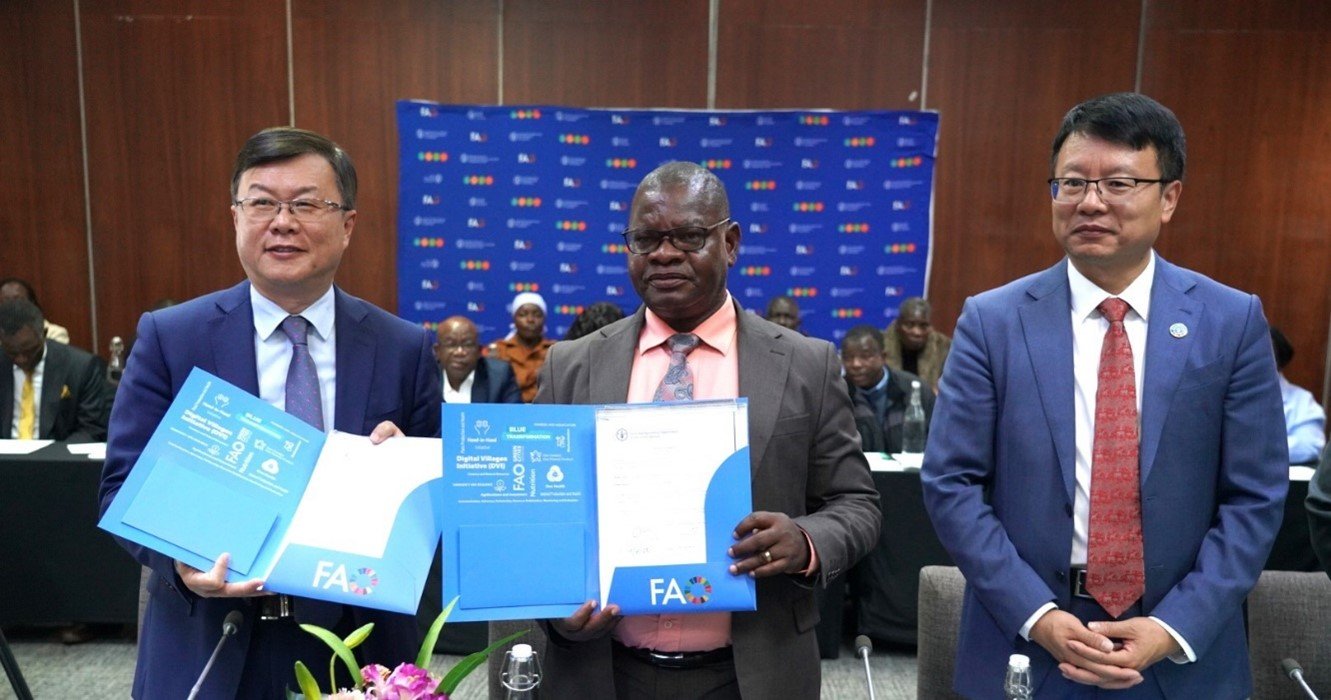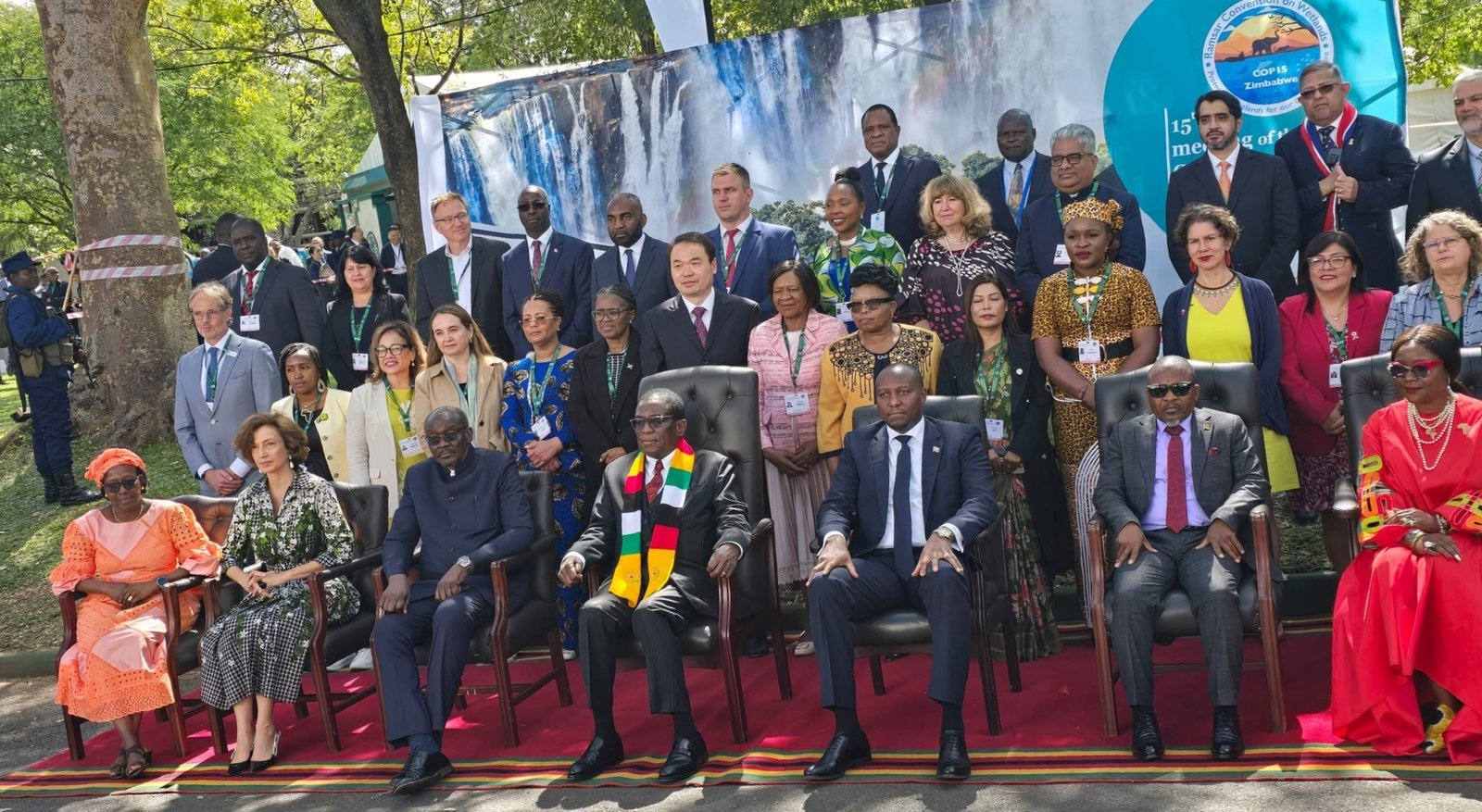Zimbabwe is finalizing a landmark agriculture book that examines the profound shifts in its agricultural sector driven by climate change, global conflicts, and pandemic disruptions, with a draft manuscript now at final revisions.
Titled: Zimbabwe’s Agricultural Revolution (Third Edition): From Redistributive Land Reforms to Agrarian Transformation, the 42-chapter manuscript underwent review at a workshop in Harare on Wednesday. The event brought together authors, editors, and publishers to align on final revisions, timelines, and strategies for the book’s launch.
Officiating at the workshop, Professor Obert Jiri, Permanent Secretary for Zimbabwe’s Ministry of Lands, Agriculture, Fisheries, Water, and Rural Development, said the book provides a “comprehensive analysis” of how climate shocks, COVID-19, and geopolitical instability have reshaped farming practices and land policies. He emphasized the book’s focus on emerging innovations, including adaptive technologies deployed to mitigate these challenges.
“The unique thing about this third edition is that it is led by the Ministry of Agriculture, incorporating key developments in the agricultural sector that have prompted the need for an updated publication. This book examines the impacts of climate change and other environmental shocks on Zimbabwe’s agricultural sector.”
“It also explores how global conflicts have influenced agriculture in Zimbabwe, alongside the effects of pandemics including COVID-19 on production, marketing, trade, and it highlights the innovative technologies that have emerged in response to these challenges that have happened over the years,” he said.
The book offers a thorough and up-to-date examination of Zimbabwe’s land reform journey. It highlights the historical significance of the land question, spanning 25 years of revolution, struggle, and policy shifts, while also addressing recent developments, such as the introduction of title deeds that signal progress toward resolving the land issue.
“The book is truly rich. Of course, it concludes by addressing the land question in Zimbabwe and the revolution that has emerged over the long journey of 25 years regarding this issue. It leads to recent developments, where title deeds are now providing finality to the land issue in Zimbabwe. The book is rich, current, and a must-have for anyone who wants to understand the agricultural landscape and the journey that agriculture has taken in Zimbabwe,” Prof Jiri added.
Professor Mandivamba Rukuni, chief editor of the book, outlined its evolution from the first edition to the current version nearing completion. In an interview with Climate Newsroom, he said the inaugural edition sought to challenge colonial-era stereotypes and document post-colonial agricultural achievements.
He emphasized that under white colonial rule, Black farmers were systematically marginalized and excluded from meaningful participation in commercial agriculture and manufacturing sectors.
“When we gained independence in 1980, the white rulers had made it difficult for black farmers to engage in farming and participate in the commercial manufacturing sector. This created the impression that Africans could not farm. However, after independence, small farmers were able to demonstrate their capacity to produce significantly. Between independence and 1990, it became clear that both large and small farmers could farm commercially. When we wrote the first edition, it focused on this success, highlighting how Zimbabwe had enabled both small and large farmers to produce.”
Prof. Rukuni further stated that the second edition of the publication serves as a historical and analytical assessment of Zimbabwe’s land reforms, examining their long-term impact on agricultural productivity and broader economic transformation. The third edition focuses specifically on evaluating whether reforms implemented after 2000 have achieved stability and established a structural basis for sustained industrial development.
“But by the year 2000, we needed to capture other developments that had occurred. That’s how we came up with the second edition of Zimbabwe’s agricultural revolution book. This coincided with the fast-track land reform program, which changed the structure of the agrarian sector by allocating more land to smaller farmers, among other changes.”
“Twenty years after the fast-track land reform, from 2000 to 2020, there has been a long period of land redistribution. Therefore, we decided to create a third edition where the authors and researchers would analyze the data on what has happened since the fast-track land reform program. The purpose of this third edition is to explore whether, after land redistribution, we are witnessing a new production revolution that could lead us into an advanced manufacturing economy,” he added.
Professor Emmanuel Madzungu one of the lead authors of the book discussed a chapter from the book “Towards sustainable irrigation development and management for agriculture productivity, food security, poverty alleviation and income generation” highlighting Zimbabwe’s land reforms. The reforms have dramatically shifted land ownership and water access toward the Black majority, with irrigation coverage rising from 10% at independence to nearly 90% today. The current challenge, he noted, is ensuring effective water and irrigation management to maximize benefits for both new landowners and the broader economy.
“We are focusing on water and irrigation. Due to the fast-track land reform program, there have been changes in land ownership, and access to irrigation has increased among the black population, along with access to water resources. The question then becomes: how can we best manage this? The chapter aims to analyze what has happened and propose solutions for managing water and irrigation effectively, benefiting not just the beneficiaries but the nation as a whole. Statistics show that at independence, only 10% of irrigation was among the black population, and now it is approaching almost 90%.”
The book aims to document Zimbabwe’s land and water reforms to preserve historical lessons, ensuring policymakers avoid past mistakes and make informed decisions for sustainable water and irrigation development.
“The relevance of the book is to document the changes so that we do not lose sight of what happened in the past. Because if we do not document we are going to make the same mistake. So what we are trying to do is that this has happened and how best can we move it so that the policy makers have an appreciation of the critical issues that are needed to make sure that we use our water resources wisely and also develop irrigation,” Prof Manzungu added.
The workshop follows the authors’ submission of the initial draft of the 42 chapters, after which the editors provided feedback based on those submissions. The book is expected to be published by the end of October or November.





